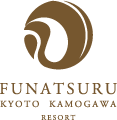The roots of FUNATSURU stretch back to 1870, at a time of dynamic change in Japan's history when the Tokugawa Shogunate had ended and the Meiji Period had just begun. Its founder, Tsuruzaburo Tanaka began a restaurant which specialized in funa, or crucian carp, a type of freshwater fish. Taking the first character of his first name, "Tsuru", he named his restaurant "FUNATSURU".
FUNATSURU grew into a large Japanese inn and restaurant in 1922, when it was relocated to its present location. At a time when a building over two stories was a rarity in Kyoto, FUNATSURU was newly erected as a three-story wooden structure. Particular architectural engineering was required for this feat, so Tsuruzaburo hired miyadaiku, the same architects who built the great shrines we still see today, who completed the building over a three-year span.
Kyoto's restaurant culture changed drastically upon the completion of the new FUNATSURU. It had always been a Japanese cultural tradition to dine with a garden view, and many Japanese inns and restaurants competed for the most beautiful gardens. Despite this, FUNATSURU had no garden. Instead, what lie outside its windows were the beautiful waters of the Kamogawa and beyond that the Higashiyama mountain range, whose peaks stretch out into the distance. By offering a view not of a tiny garden on the premises but of Kyoto's magnificent Higashiyama itself, FUNATSURU became an inn and restaurant of incommensurable magnitude for the times.
Visitors who had heard FUNATSURU's praise came from across Japan, which led FUNATSURU to add a five-story annex in 1934 and two more additions since then. Revolutionary for the times, FUNATSURU often catered for party with up to 500 people. FUNATSURU's historical and artistic value has been highly acclaimed as a time-honored, large-scale work of architecture on the banks of the Kamogawa, and has been registered as a tangible cultural property of architecture by Japan's Agency for Cultural Affairs as of 2012.

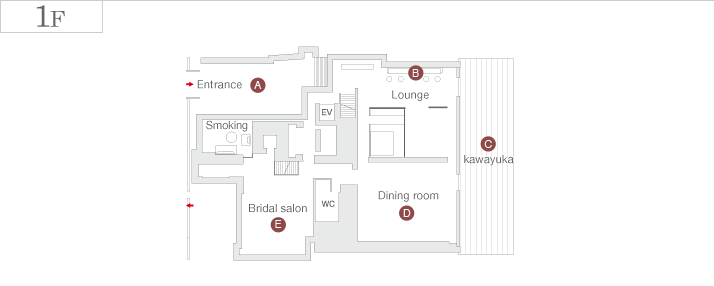
 |
|
|---|---|
 |
|
|
|
 |
|
|---|---|
 |
|
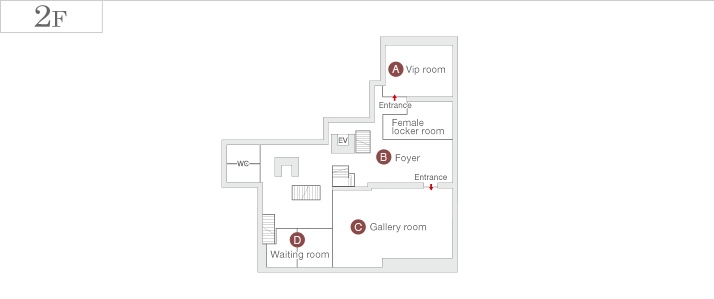
 |
|
|---|---|
 |
|
|
|---|
|
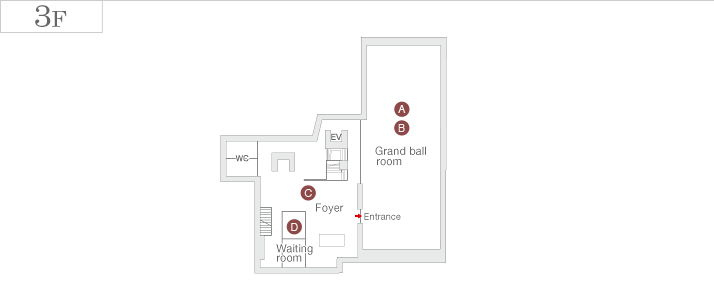
 |
|
|---|---|
 |
|
 |
|
|---|---|
|
|
|
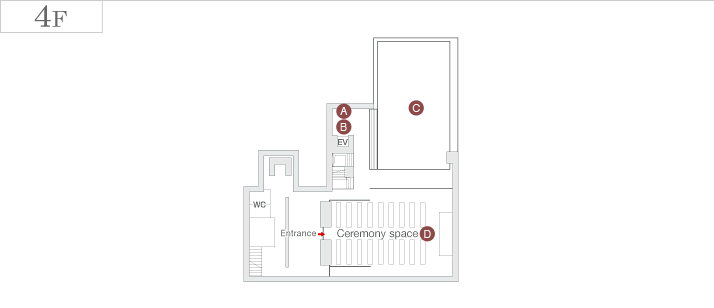
|
|
|---|---|
 |
|
 |
|
|---|---|
 |
|
Postcode600-8015
180 Minoyacho,
Kiyamachidouri Matsubara-Agaru, Shimogyo-ku, Kyoto
Business hours
12:00〜22:00
Fixed holiday:Tuesday




